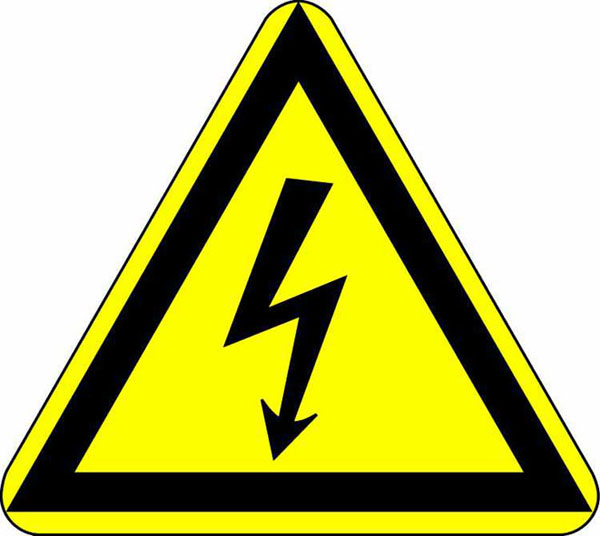
Warning sign "Dangerous electrical current"
DC voltage stands for Direct current voltage. It is the type of voltage that we get from batteries, DC generators, and other sources like sensors and transducers. DC voltages unlike AC don't have a frequency which means they don't alter every half-cycle.

Sludge Output Updated DC Current Logo
Direct current, DC Mixed current Rectified current Converting DC to DC DC / DC Converter Alternate current - AC e.g. frequency: 50Hz. Title: Electric Current Symbols Author: AMG - https://www.electrical-symbols.com Subject: Electric Current Symbols in PDF. The largest collection of schematic electric and electronic symbols on the Internet

voltage What specs are relevant when charging devices with random plugs Electrical
Elizabeth Earley Alternating current (AC) and direct current (DC) are notable for inspiring the name of an iconic metal band, but they also happen to sit right at the center of the modern world as we know it. AC and DC are different types of voltage or current used for the conduction and transmission of electrical energy.
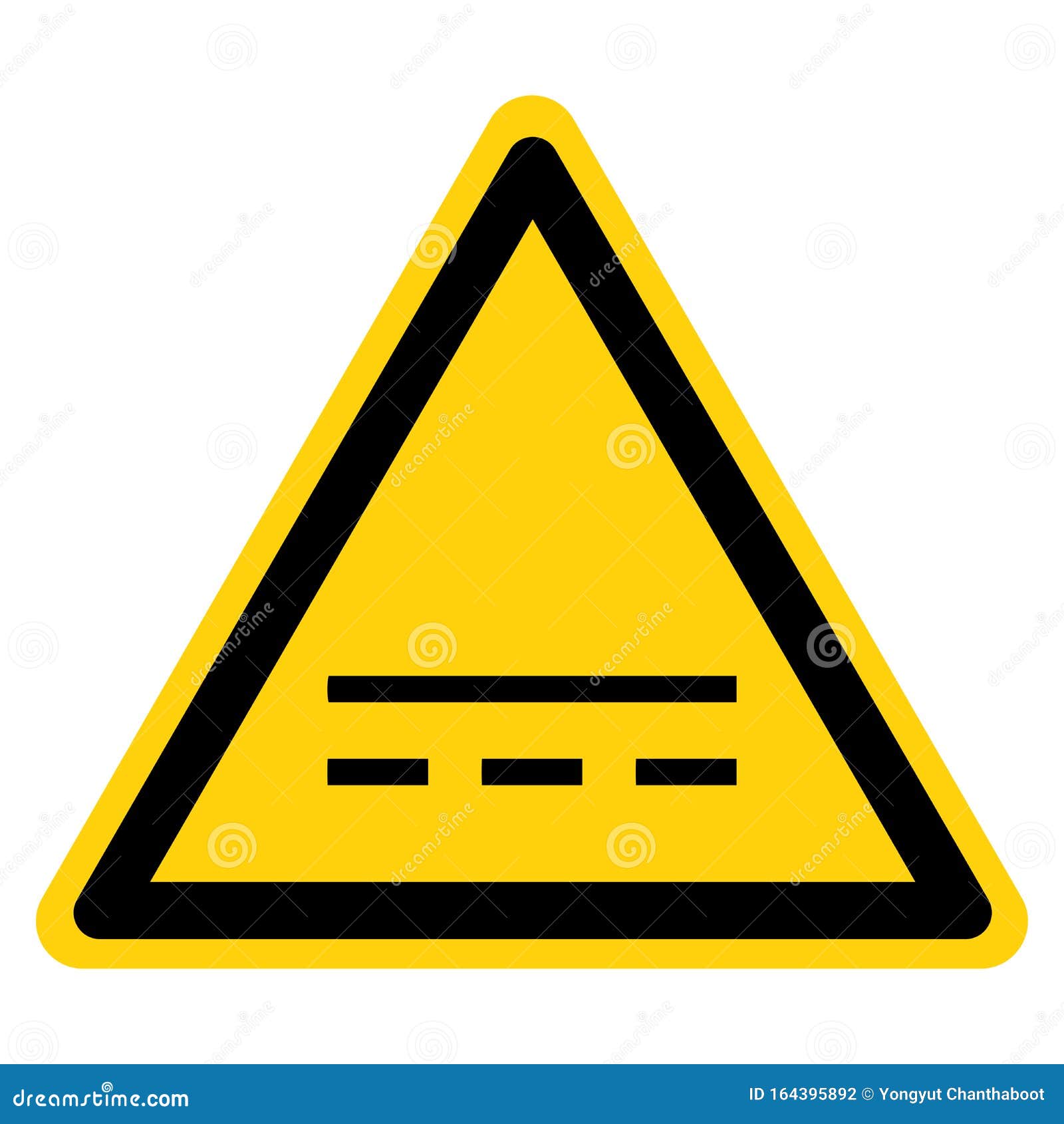
Direct Current DC Symbol Sign For 5V And 2A, Vector Illustration, Isolate On White Background
Direct Current (DC) Direct current (DC) is the flow of electrically charged particles in one unchanging direction. DC is more practical than AC in many applications and is found in smartphones, TVs, cars (including EVs), battery-powered devices, photovoltaic solar cells, and much more.

Direct Current DC Symbol Sign Stock Vector Illustration of electrical, oscilloscope 219905337
We use the word "noise" to identify undesired (and usually small) variations in voltage and current. All DC (and AC) signals contain noise because it is generated by inescapable physical processes. When we say that a DC signal has an amplitude of 5 V, we really mean that the average amplitude or the desired amplitude is 5 V.

Direct Current DC Symbol Sign For 5V And 2A, Vector Illustration, Isolate On White Background
Use the sign convention to determine the currents i1, i2, and i3 and voltages v1, v2, v3, and v4. Calculate the power of the DC current element. Is it a power source or a power sink? The current i1 is +3A which is given. The current i3 is -1A because it is the same current as the DC current source.
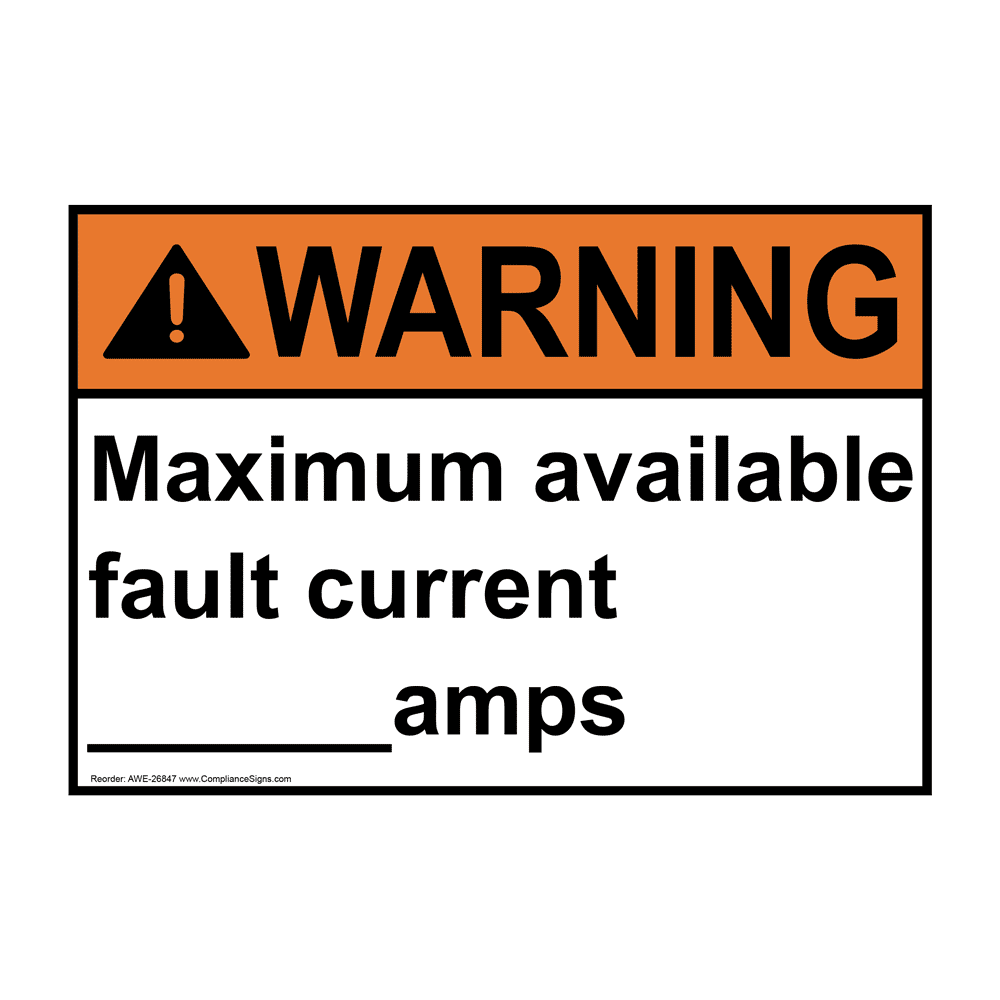
Warning Sign Maximum Available Fault Current____Amps ANSI Electrical
4 values for other shapes. The RMS value is the effective value of a varying voltage or current. It is the equivalent steady DC (constant) value which gives the same effect. For example a lamp connected to a 6V RMS AC supply will light with the same brightness when connected to a steady 6V DC supply. However, the lamp will be dimmer if connected to a 6V peak AC

DC/DC Converter Inrush Current
Multimeters can measure direct current (DC) voltage and alternating current (AC) voltage, so they need to display more than one voltage symbol. On some older models, the designation for AC voltage is VAC. These days, it's more common for manufacturers to place a wavy line over the V to signify AC voltage.

Sludge Output DC Current Logo Contest
Why, Alternating Current and Direct Current, of course! Both AC and DC describe types of current flow in a circuit. In direct current (DC), the electric charge (current) only flows in one direction. Electric charge in alternating current (AC), on the other hand, changes direction periodically.

DC Voltage A Detailed Overview on How DC Works
Direct current (DC) is the flow of electric charge in only one direction. It is the steady state of a constant-voltage circuit. Most well-known applications, however, use a time-varying voltage source. Alternating current (AC) is the flow of electric charge that periodically reverses direction. If the source varies periodically, particularly.
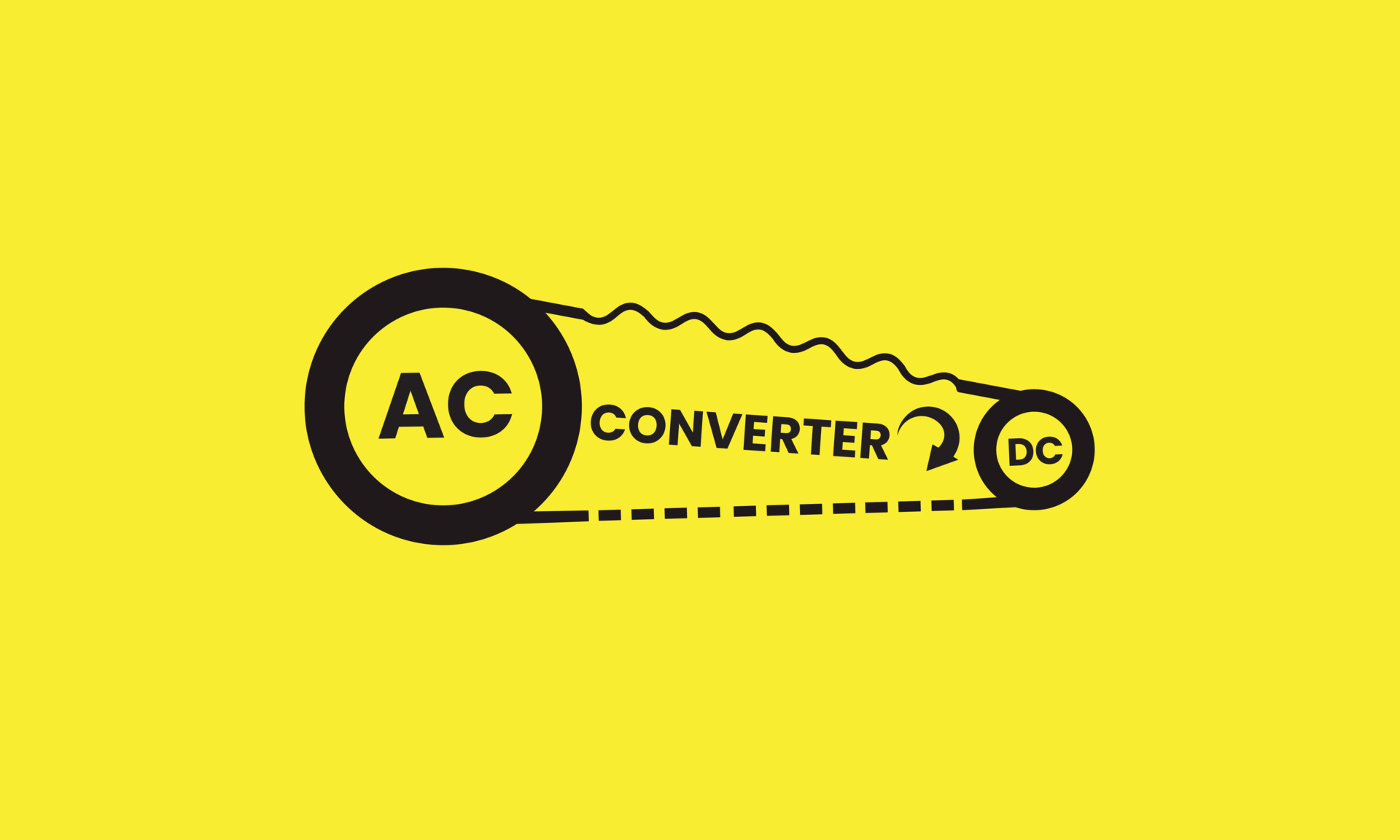
Current DC and AC Symbol Sign, Vector Illustration, Isolate On Yellow Background. Charging with
Electric Current Symbols The electrical currents are movements of electric charges (electrons) through a conductor. The electrical current can be current driving or AC/DC convention. His unit is the ampere and is measured by the ammeter. Every electrical current produces an electric field. It may interest you.
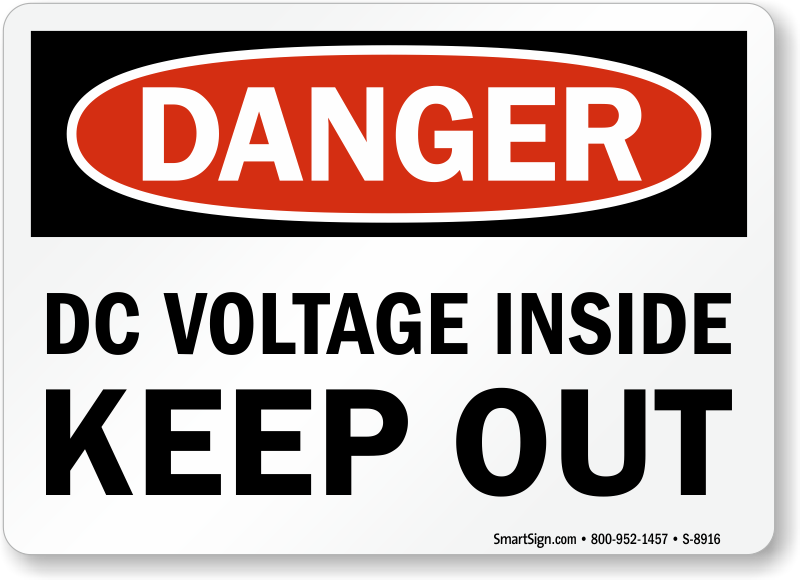
Dc voltage sign Fireomes
Direct current Direct current (DC) (red line). The vertical axis shows current or voltage and the horizontal 't' axis measures time and shows the zero value. Direct current ( DC) is one-directional flow of electric charge. An electrochemical cell is a prime example of DC power.

How to Use a Multimeter to Measure Voltage, Current and Resistance Dengarden
Electric current is the flow of electric charge through a material. The SI unit for current is the coulomb per second, or the ampere (A), which is an SI base unit: 1 ampere = 1A = 1 coulomb per second = 1 C/s. Direct current (DC) is a type of electrical current that flows in one direction only.

Direct Current DC Symbol Sign Isolate on White Background,Vector Illustration EPS.10 Stock
DC voltage stands for "Direct Current Voltage". While this sounds confusing, the term "DC" has become used more broadly to refer to a system that has constant polarity. Hence DC voltage is a voltage that produces or would produce a DC current. Conversely, an AC voltage is a voltage that produces or would produce AC current.
Direct and Alternating Current DC and AC Symbol Sign Icon Stock Vector Illustration of
DC current is defined as a unidirectional flow of electric charge. In DC current, the electrons move from an area of negative charge to an area of positive charge without changing direction. This is unlike alternating current (AC) circuits, where current can flow in both directions.

Direct Current DC Symbol Sign 3184692 Vector Art at Vecteezy
direct current, flow of electric charge that does not change direction. Direct current is produced by batteries, fuel cells, rectifiers, and generators with commutators. Direct current was supplanted by alternating current (AC) for common commercial power in the late 1880s because it was then uneconomical to transform it to the high voltages needed for long-distance transmission.